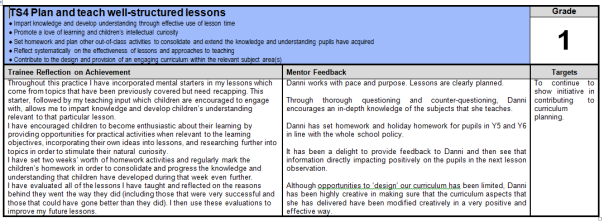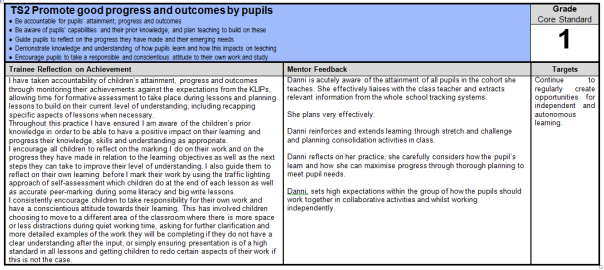Intervention list
This reflection focuses on the interventions I planned and implemented for my year 6 children who were attaining below their age-related expectations. Despite having previously planned and implemented phonics intervention, as discussed earlier, this is the first time I have engaged in the entire process (identifying children, identifying problem areas and possible reasons for this, allocating time for interventions, preparing and planning the interventions and monitoring the impact they were having on the children’s progress).
Interventions can be extremely vital in a child’s education and can be the difference between them achieving their potential and not. Through the identification, planning and implementation of these interventions (as listed in the attached document), I was taking responsibility for the children’s attainment, progress and outcomes, stretching them to reach their potential and improve their knowledge and understanding, planning teaching and interventions to build on their current level of knowledge and capabilities, making effective use of support staff (see document) and tracking their progress through both formative and summative methods.
I identified the children using both formative assessment methods, such as progress made in work completed in lessons, listening and assessing readers one-to-one, and the feedback I was giving through marking (repeating the same targets, not achieving particular learning objectives, etc.) and summative assessment methods, such as practice SATs papers and mental math papers. These determined the intervention groups for reading comprehension, writing and maths. I then identified the types of tasks that would be beneficial to the children’s learning, based on their current capabilities; these included focused questions during guided reading, short writing tasks to be completed within the focus intervention group, and 10 minute SATs practice papers on a daily basis in order to identify and then act upon particular areas that needed further guidance.
My current understanding of interventions improved considerably through engagement in this process, as did my knowledge of age-related expectations and assessment tracking. This process also helped me with the deployment of support staff as they were invaluable throughout, helping the children to progress in the areas they really needed to. Through engaging with this process, I believe that I will be more confident in setting up appropriate interventions within my future classes in order to positively impact on the children’s learning; particularly after seeing how beneficial they were for these children in the preparation for the SATs.




